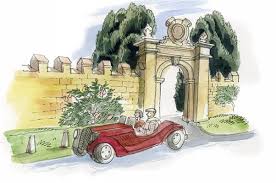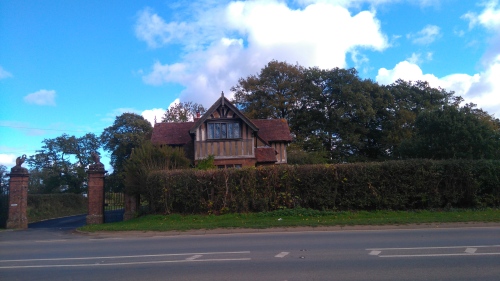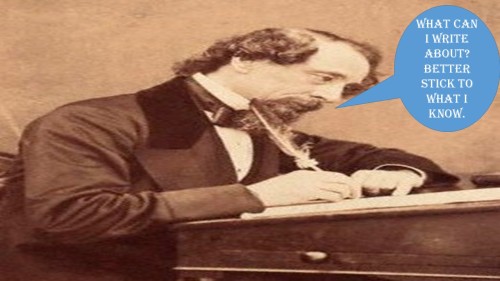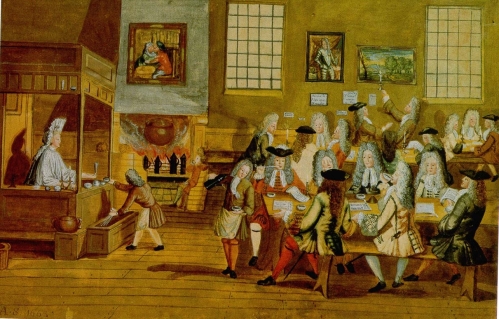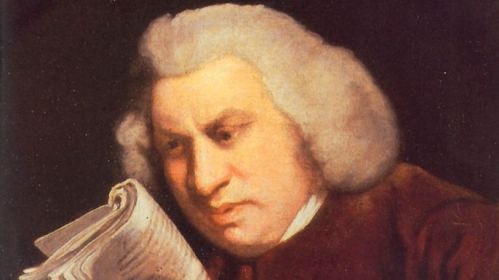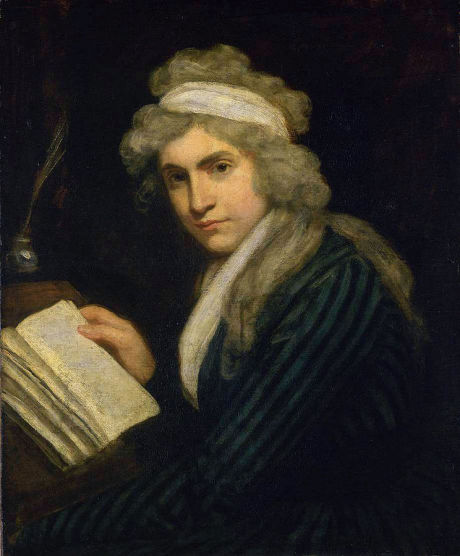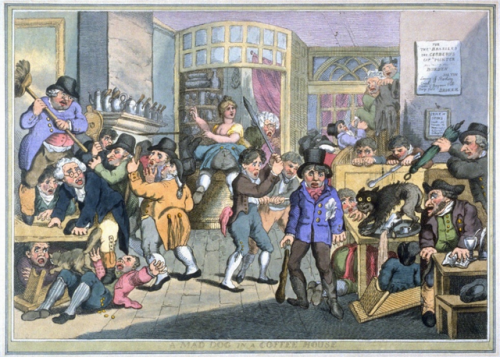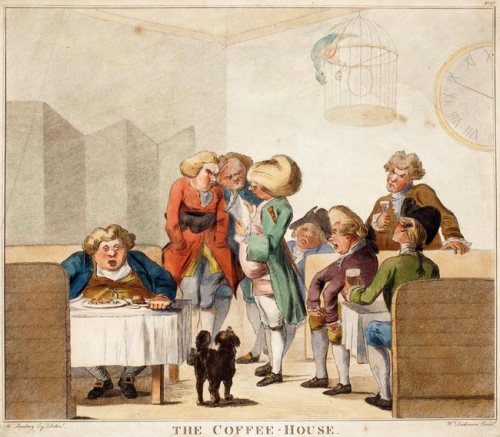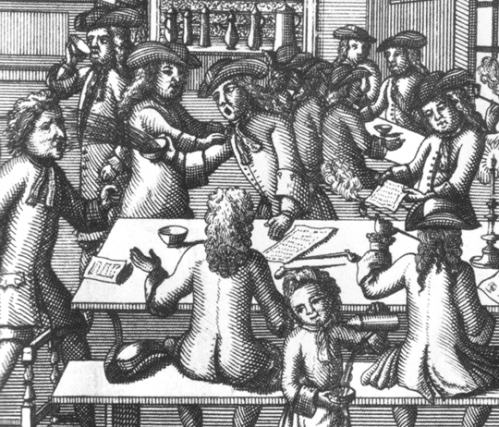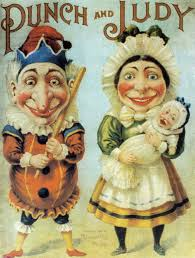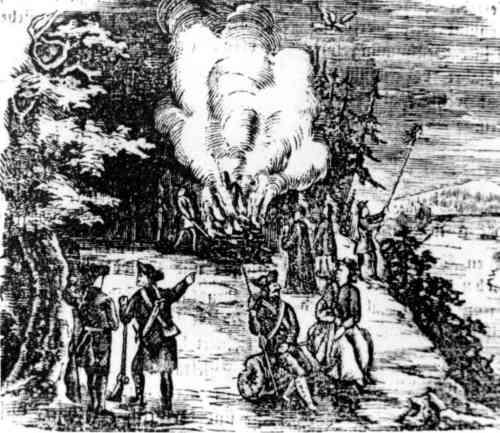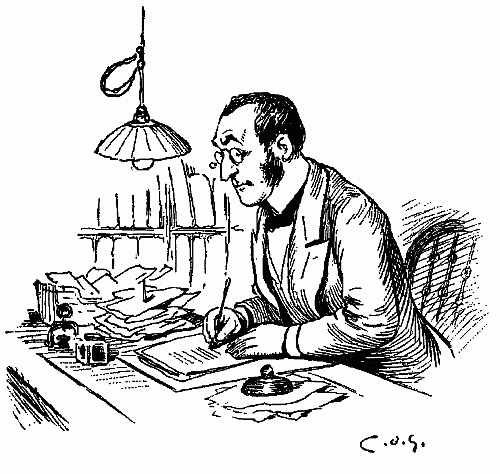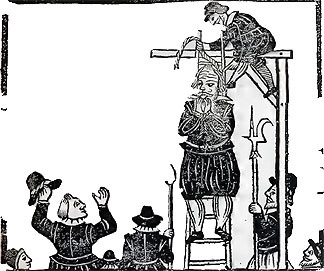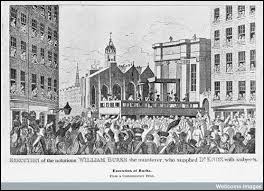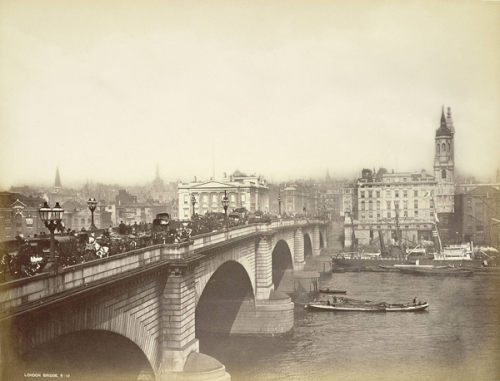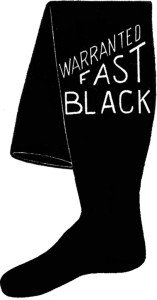P.G Wodehouse and Hanley Castle Worcestershire
One of the problems with writing for a living or having it as a hobby is that it can make you feel isolated. However, it does not need to. A great way to get ideas for your writing and also to enjoy some good company is to go on a jottings jaunt. These can take you to many different places but today I want to concentrate on a setting that particularly inspired one of our most beloved English writers.
The inspiration for Brinkley Court.
If there is one writer that conjures up being British, it has to be P.G. Wodehouse. Even if you have never read any of his books, you are sure to be au fait with the popular television series, Jeeves and Wooster based on the books. A visit to the village of Hanley Castle can only delight you as you peer up the drive of Severn End (the stately home of the Lechmere family) which was the inspiration behind Brinkley Court where Aunt Dahlia lived. If you stand at the end of the drive and ask yourself these questions, you will have a springboard for a story.
Who might drive up to the hall and why are they going there? Of course, your answer might be different depending on the time that you set your story. For instance, if you set it one hundred years ago, it could be a new servant arriving to work there but if you set it today, it could be someone going up to fix the computer. Once you have decided upon who it is and why they are there you can throw in – they are not allowed to leave. At this point, you immediately have the basis of a story – Why are they not allowed to leave? Who or what is stopping them from leaving? What do they have to do to get away? Do they get away safely, decide to stay or something else?
The inspiration for Market Snodsbury Grammar School.
If you leave the stately home behind and head into the village, you will come across the Hanley Castle Grammar School. It was this place that was the inspiration for the Market Snodsbury Grammar School in the Jeeves and Wooster stories. Well, if it’s good enough for P.G.’s stories then who are we to turn our noses up?
Stand outside the school and imagine you are eleven years old and it is your first day there and you know no-one. It is the during the Second World War and you have had to leave your home and your parents and go to stay with an aunt that smells like pilchards. The form master can’t stand the sight of you and no-one will speak to you. How do you get through your first day? Conjure up this child’s world by using all your senses. What can you see, hear, smell, touch and taste? Don’t forget to show how the child feels.
The Three Kings – quick snifter on the hoof, anyone?
If you walk across the road, you will come to the Three Kings pub. This is a 17th century inn that is at Church End. It has been run by the Roberts family since 1911. If you like brand new and minimalistic, don’t go. However, if you love old world, atmosphere and character – you cannot afford to give this a miss. It is utterly delightful especially if you go on a Friday afternoon as a group of local musicians practise there and the atmosphere is glorious. The drinks are very fairly priced too which is always very helpful. P.G. Wodehouse liked a quick snifter there and I’m not surprised that it got his old creative cogs grinding – the place is enough to get anyone enthusiastic.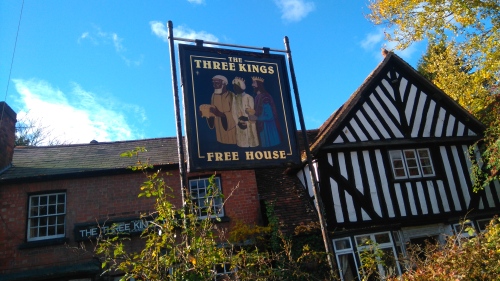
Get yourself a drink and perch your bottom. Relax and imagine that you are meeting someone that you used to be in love with but haven’t seen for a long time. After you went your separate ways, you got on with your life but still thought about them. Recently you received a letter asking you to meet them as they had something to tell you. How would you feel as you waited for them to arrive? What would you imagine they were going to tell you? How did you feel when you saw them again? What was the news? How did the meeting end?
Quite often when folks are trying to write they believe that they have to sit in and not speak to anyone. Sometimes it works but it can also be the worse course of action to take. Sometimes you simply need to get out, see new places and be with people and this is what will get the characters coming to life and the stories flowing – go on, give it a try. Hanley Castle inspired P.G Wodehouse to write jolly comedy – what will it do for you?

